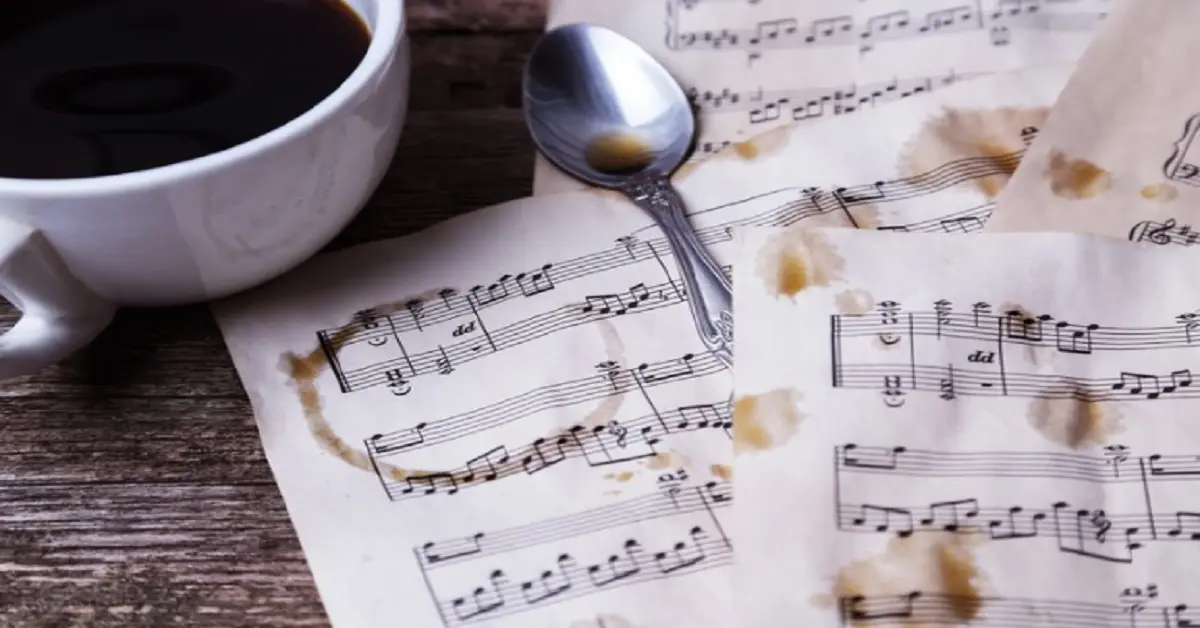The Magic of Transparent Music Notes: A Journey

Introduction
Music notes are the fundamental building blocks of music composition. They allow composers to convey their ideas, emotions, and melodies onto paper, creating a universal language that musicians worldwide can understand and interpret. But what happens when we talk about the transparency of transparent:4mnuwqigkje= music notes? How does this concept play a role in the realm of music? Let’s dive into this fascinating topic.
History of Music Notation
Music notation has a rich history, dating back to ancient civilizations. The earliest forms of notation were simple and rudimentary, designed to provide basic guidance for musical performance. As time progressed, music notation systems evolved, becoming more sophisticated and detailed. By the medieval period, the foundations of modern v notation were being laid, and by the Baroque era, the system had become highly refined. Today, music notation continues to evolve, incorporating new technologies and ideas.
What Are Music Notes?
At their core, music notes are symbols that represent the pitch and duration of a sound. They are the language through which music is written and communicated. Different types of v, such as whole notes, half notes, quarter notes, and eighth notes, indicate how long a note should be held. Each note consists of several parts: the note head, the stem, and, in some cases, a flag or beam.
Transparency in Music Notes
When we talk about transparency in music notes, we refer to the clarity and ease with which these notes can be read and understood. Historically, some forms of notation were more transparent than others. For instance, Gregorian chant notation was relatively simple and easy to read compared to the more complex notation systems that followed. In modern times, transparency is achieved through clear, unambiguous symbols and consistent notation practices.
The Structure of Music Notes
Music notes are composed of several elements that contribute to their transparency. The note head indicates the pitch, while the stem and flag (or beam) denote the duration. The clarity of these components is crucial for ensuring that the music is easily readable. For example, a clear distinction between a quarter note and an eighth note helps musicians interpret the music accurately.
Reading Music Notes
Reading transparent:4mnuwqigkje= music notes is a skill that musicians develop over time. The transparency of the notation is vital for this learning process. Beginners often start with simple pieces where the notation is clear and straightforward. As they progress, they encounter more complex pieces that require a deeper understanding of musical symbols and their meanings.
Music Notes in Different Genres
Different music genres utilize music notes in unique ways. In classical music, the notation is often detailed and precise, reflecting the complexity of the compositions. Jazz musicians use a more flexible notation system, allowing for improvisation and personal interpretation. Rock and pop music typically use simpler notation, focusing on chords and rhythms rather than intricate melodies.
The Role of Music Notes in Composition
Composers rely on music notes to convey their musical ideas. The transparency of these notes is crucial for accurately capturing the composer’s intent. A clear, well-structured notation system allows musicians to interpret the music as intended, ensuring that the performance reflects the original composition.
Technological Advancements in Music Notation
The advent of digital music notation software has revolutionized the way music is written and read. Programs like Finale, Sibelius, and MuseScore offer tools for creating clear, transparent music notation. These advancements have made it easier for composers to produce high-quality scores and for musicians to read them.
Learning to Write Music Notes
Writing transparent:4mnuwqigkje= music notes is an essential skill for any composer or arranger. The key to effective music notation is clarity and transparency. Beginners should focus on learning the basics, such as the different note types and their values, and gradually move on to more complex concepts. Practicing regularly and studying well-written scores can significantly improve one’s notation skills.
Famous Composers and Their Notation Styles
Throughout history, many composers have developed unique notation styles that reflect their musical preferences. Johann Sebastian Bach, for instance, is known for his detailed and precise notation, while Ludwig van Beethoven’s scores often feature more expressive markings. Modern composers continue to innovate, exploring new ways to notate their music transparently.
Common Mistakes in Music Notation
Even experienced musicians can make mistakes in music notation. Common errors include unclear note heads, incorrect stem directions, and ambiguous rhythms. These mistakes can reduce the transparency of the notation, making it harder for musicians to read and perform the music accurately. To avoid these issues, it’s essential to follow established notation conventions and regularly review one’s work.
The Future of Music Notation
The future of transparent:4mnuwqigkje= music notes notation looks promising, with ongoing innovations aimed at improving transparency and usability. Emerging technologies, such as artificial intelligence and virtual reality, are expected to play a significant role in this evolution. These advancements could lead to new, more intuitive ways of writing and reading music.
Conclusion
transparent:4mnuwqigkje= music notes are the heart of music composition, allowing for the precise communication of musical ideas. The transparency of these notes is crucial for ensuring that they are easily readable and interpretable. From ancient notation systems to modern digital tools, the evolution of music notation has been driven by the need for clarity and precision. As we look to the future, it’s clear that transparency will remain a central focus in the ongoing development of music notation.